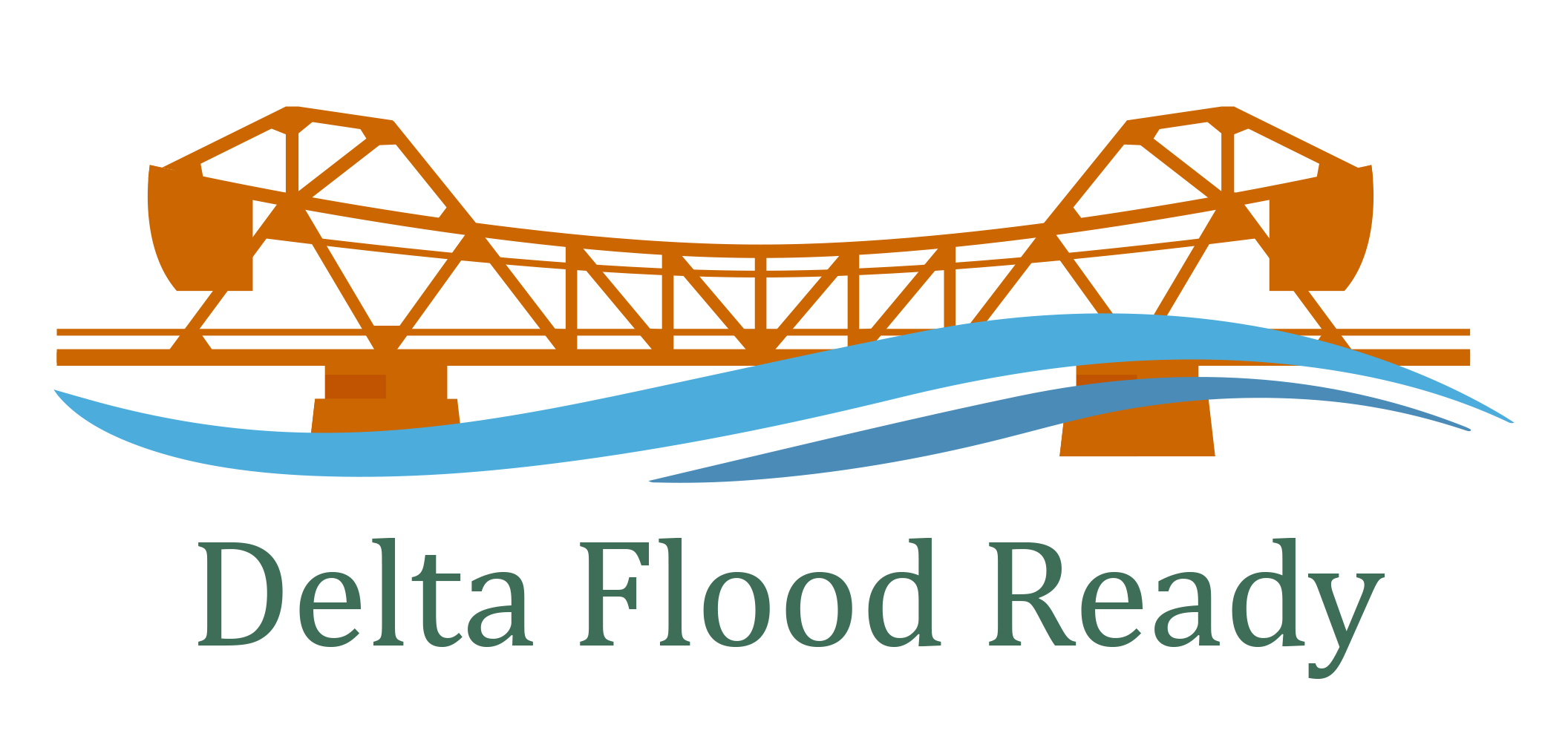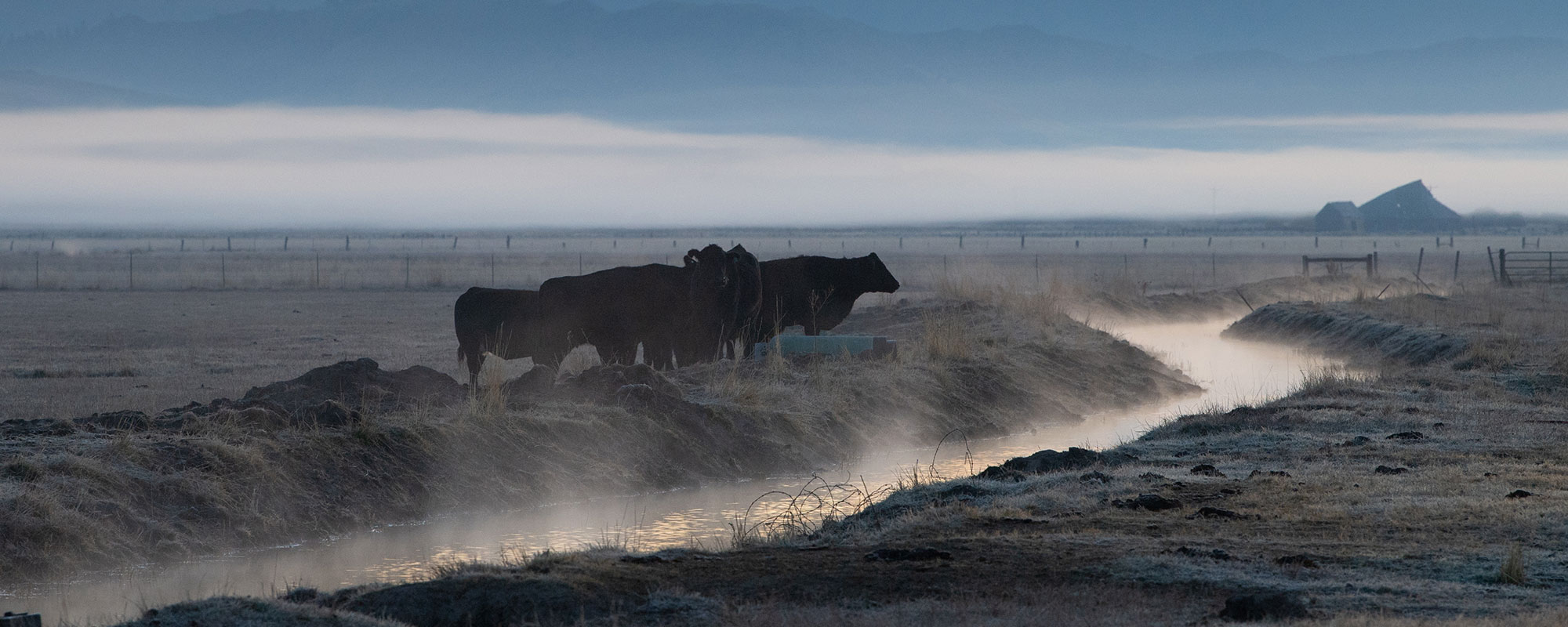Pet Ready
Prepare a plan for pets and add pet-related items to your emergency kit. It can also be useful to have leashes and/or pet cages readily available should you need them. Consider how you will transport your pets during an evacuation, or ways you can help protect them (by creating shelter or escape options) if you are unable to take them with you due to a fast-moving emergency. No one ever wants to be in a position where they are forced to leave their pets behind, but sadly it is sometimes unavoidable.
One of the most important things you can do for your pets is to make sure they are microchipped and updated on their vaccinations. If you are separated from your pet in a flood emergency or not home when disaster strikes, there are organizations that search for animals after a disaster and get them returned to their owners – or someone may simply find them safe on high ground and take them to a local shelter. Microchipping ensures a swift return of your furry loved one. Vaccinations will also help protect your pet if they end up in close quarters with other animals.
Most counties, along with other organizations, offer occasional free or low-cost microchipping and vaccinations clinics. Contact your county directly for services or for information on organizations that offer these clinics.
Microchipping and Vaccines by Delta County:
- Contra Costa County Animal Services
- Sacramento County Animal Services
- San Joaquin County Animal Services
- Solano County Animal Services
- Yolo County Animal Services
Livestock Ready
Just like you need a plan to be Family Ready and Property Ready in an emergency, you will need to plan for your unique needs as a livestock owner in case of flooding in your area.
Due to the size and quantity of livestock, it is essential to create a response network. Keep, contact information available for your staff, veterinarians, neighbors, friends, and family who may be able to provide support in securing or evacuating livestock. You may want to consider support who can come from outside the area in case your area network resources are already overwhelmed.
During floods, livestock will seek shelter. In your emergency plan, consider how you can open gates that lead to higher ground and restrict access to more dangerous areas on the property. By making a plan ahead of time, you and your response network will be able to act quickly if you are unable to evacuate the animals. Whether you are transporting them off the property or providing them an opportunity to get to safety, all livestock should have visible identification numbers for swift retrieval. Immediately after a flood event, inventory all livestock and identify any missing animals. Inform neighbors and livestock auction houses of animals that are lost and include their brand and/or identification number.
Even if your livestock stay safe on your property, local flooding may contaminate your livestock’s drinking water. Your emergency preparedness plan should include alternate options such as trucking in water to holding areas. You will also need to consider alternative feed options. After a flood, carefully check all food and water sources for contaminants.
Water is not the only danger in a flood event. You will need to protect your livestock from the threat of fires. Remove all fuels away from barns and stables and turn off all electrical power to structures that house livestock.
The threats to livestock from flooding do not end after the flood. Thoroughly inspect your property for damage that could injure livestock such as weakened structures, eroded land, damaged fences and gates, and even displaced wild animals. You will also need to inspect your livestock for wounds and illness. Always make sure your livestock vaccinations are current.
Visit the Property Ready webpage for more useful information.
Learn more from the UC Davis Veterinary School of Medicine:
Flooding and Livestock Owners: Preparing, Responding, and Recovering (PDF)
Flooding and Equine Owners: Preparing, Responding, and Recovering (PDF)

